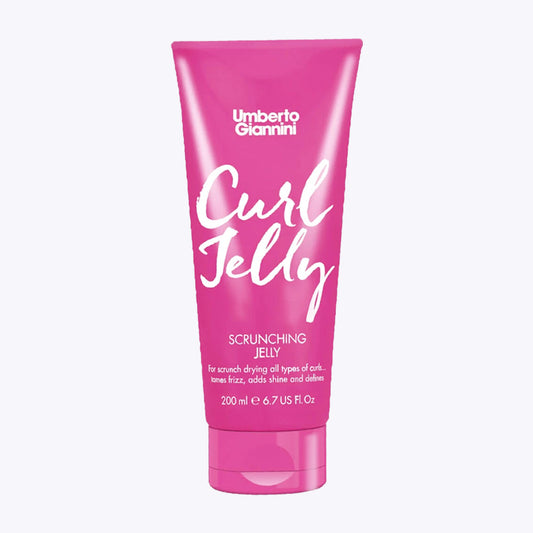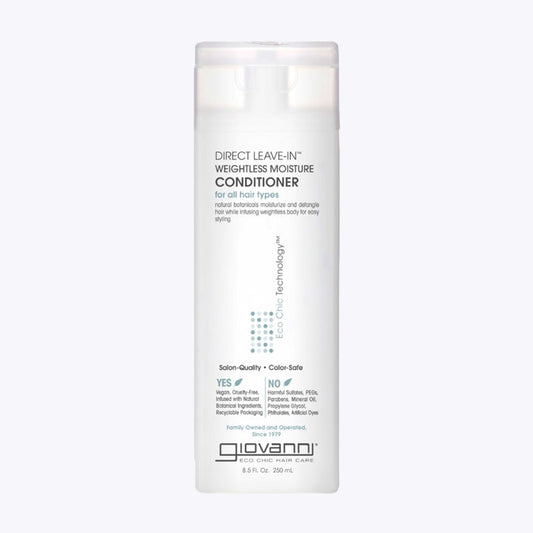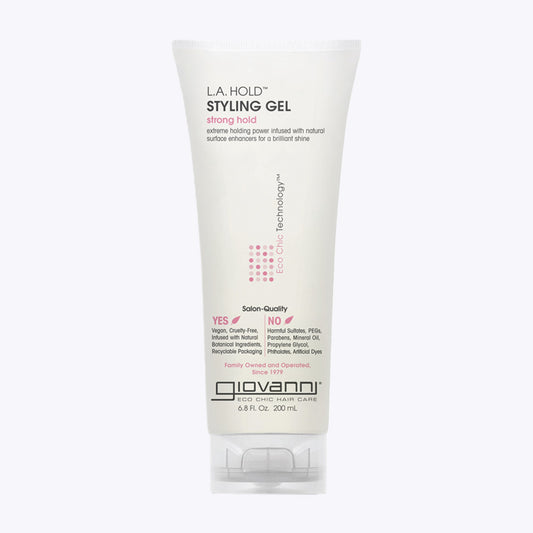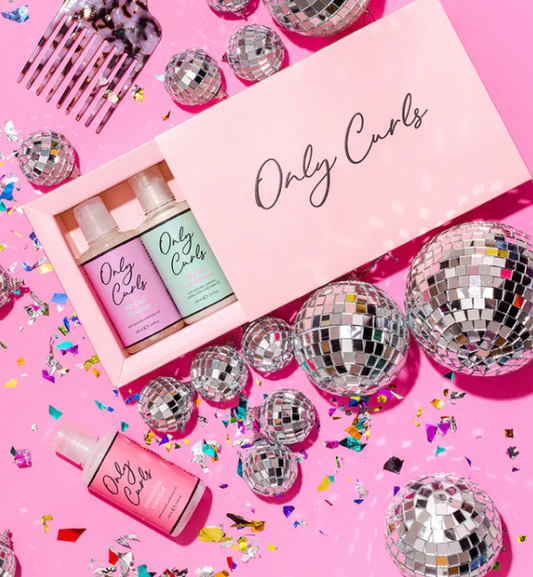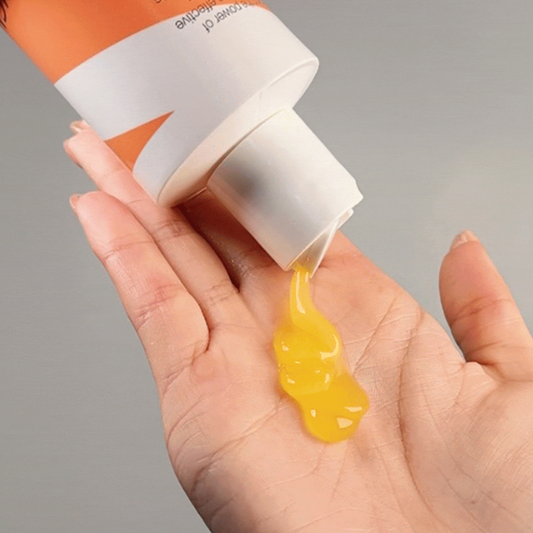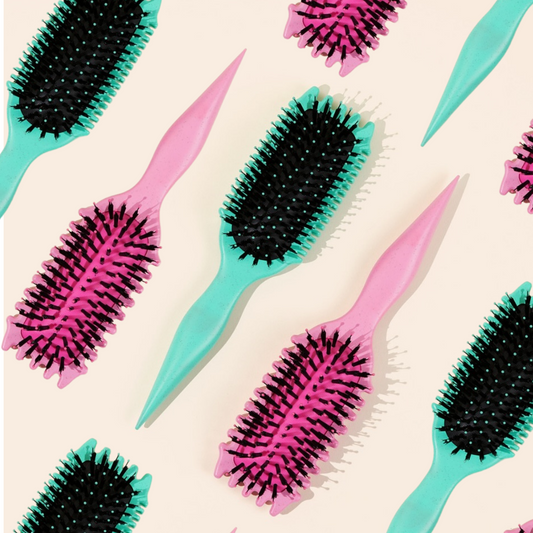Do you ever wonder why some people have curly hair and others don't? In this blog we will tell you exactly how this works! Before we go into this, it is useful to first know what hair actually consists of and how it is constructed.
How is human hair constructed?
In fact, you can largely see our hair as an onion. It has many layers and we will go through all of those layers with you in a moment. We always go a little further.
Hair follicles
Hair is tissue that grows from hair follicles , which are spread across our scalp. Did you know that a large part of these hair follicles were already there when you were born? These hair follicles are not visible , because they are under your skin and have a tunnel or cone-like shape. They are covered by two sheaths , the inner sheath that ends just below the opening of the oil glands and an outer sheath that grows all the way to the oil glands.

Hair shaft
The part you can see is the hair shaft . These are your hair strands that you can see, brush, feather and style. The hair shaft is made up of protein known as keratin , the same material that makes up your fingers and nails, for example.
Each hair shaft grows from an individual hair follicle and is made up of three layers: the cuticle , the cortex and the medulla . The cortex makes up 75% of the hair shaft and is where the amount of curl/curvature of the hair is determined. The cortex contains different types of cells , organized into macrofibrils , which in turn are made up of smaller units such as microfibrils and keratin proteins in an alpha-helical structure.
Learn about the functions of the hair follicles and hair shaft
Hair follicles (or in English: Hair follicles):
Hair follicles determine which hair type you have, for example 1A (straight hair) or 4A (coily hair type). The shape of the hair follicles plays a crucial role in this. Oval hair follicles often lead to curly hair , while round hair follicles produce straight hair . Changes in these hair follicles over time may explain why someone who had curly hair as a child can grow up to have straight hair.
Did you have curls when you were little? and now that you're older you don't anymore? Then the shape of the hair follicles may have changed. This does not happen to everyone, but it is possible.

Oil glands
The oil glands act as natural conditioners by secreting oil and sebum, which determines whether your hair is oilier or drier. High production of oil and sebum often results in an oily hair type, and vice versa. Frequently washing your hair with strong cleansers can increase the production of oil and sebum, which can worsen your symptoms.
The production of oil and sebum will decrease as you get older.
Also good to know for greasy hair: the more often you wash it with a strong cleanser (because you probably want to get rid of the greasy feeling), the faster sebum and oil will return and your complaints may increase. In this case it might be useful to wash your hair a little less often. So you cannot produce 'more sebum', but it can come back faster.
Hair shaft
The hair shaft is the part of the hair that you can actually see. This tissue grows from an individual hair follicle (so you have one hair follicle for each hair). As the hair rises into the hair follicle, a total of six layers are formed. There are three inner layers and three outer layers. The outer layers form the structure of the hair follicles and the three inner layers form the actual hair. The three inner layers are: the cuticle, the cortex and the medulla .
- Cuticle: The cuticle protects the inner layers of the hair. It gives your hair shine and determines the quality of your hair. The cuticle also helps to retain moisture and ensures a balance in the hydration of your hair. Do you constantly use heat tools or chemical treatments for your hair? Then this balance can be disrupted and your hair will become dry and brittle.
- Cortex: The cortex determines the texture and color of your hair. So it determines whether your hair is thick or thin. The cuticle protects the cortex, so the healthier the cortex, the healthier your hair will be.
- Medulla: The medulla is not present in every type of hair. The medulla is often found in thick hair and determines the strength of your hair.
Keratin
Your hair, as indicated earlier, is made up of protein. These proteins fuse in the hair follicles and harden as they emerge from a hair follicle. This protein is known as keratin .
Keratin is a very strong protein and is resistant to many factors such as combing, styling and heat tools. Keratin is held together by two types of bonds: hydrogen bonds and disulfide bonds .
- Disulfide Bonds: The disulfide bonds are the strongest. Are you doing a perm in your hair? Then the disulfide bond will 'break' and change the structure. This is why your hair can change after you get a perm, for example.
- Hydrogen Bonds: Hydrogen bonds are less strong than disulfide bonds. Hydrogen bonds give your hair flexibility and make it easy to style your hair.
As you can read, there is so much more to our hair than what we can see! Now you know what hair is and what it consists of. But how does our hair actually grow?
How does our hair grow?
The hair growth phase consists of 4 phases:
- Anagen Phase
- Catagen Phase
- Telogen Phase
- Exogen Phase

- Anagen Phase: This phase is known as the growth phase. During this phase, your hair grows approximately 1 inch per month. The growth phase lasts about 3 to 5 years.
- Catagen Phase: After the anagen phase comes the catagen phase. This transition phase lasts about 10 days. During this period, your hair goes dormant and stops growing.
- Telogen Phase: The telogen phase is a rest period of about 3 months during which your hair stops growing. The hair remains in the follicle but stops actively growing.
- Exogenous Phase: In the exogenous phase, the hair follicles ensure that your hair actually comes out of the hair follicle and falls out. This is a natural process and each hair follicle has its own unique growth cycle. Not all your hair is in the same growth phase or shedding phase. Hair loss is a natural part of the hair growth cycle. As long as your hair grows normally and the phases are not disrupted, your hair will grow again and again and you will not experience hair loss.
Resume
Your hair follicles determine whether your hair is curly or not. Are they oval shaped? Then you probably have more spiral curls. Do you have more wavy hair? Then your hair follicle is oval, but not as strong as someone with curly hair. In short, the shape of your hair follicles and the structure of your hair shaft play a crucial role in the way your hair looks and feels.
Hopefully you now know why your hair is curly! Do you have any more questions? Feel free to let us know in the comments.



